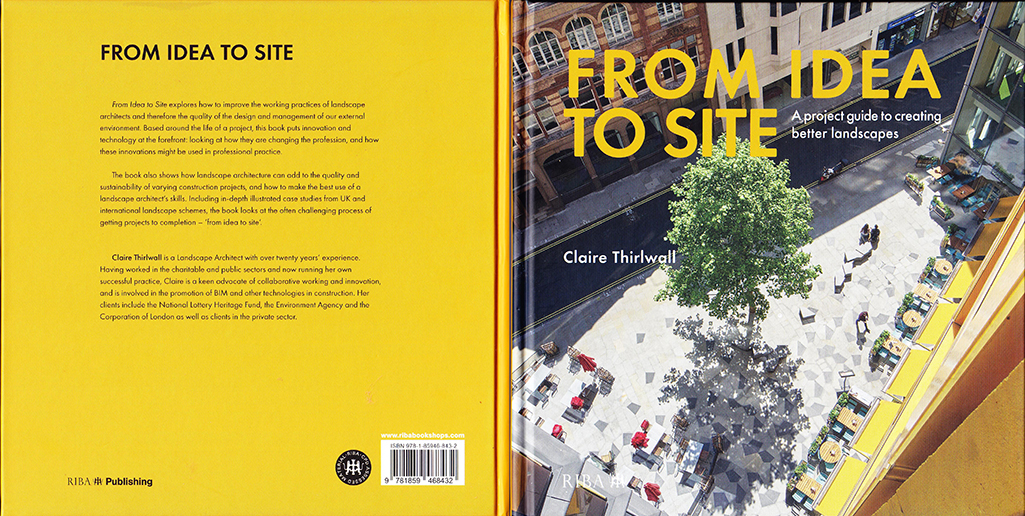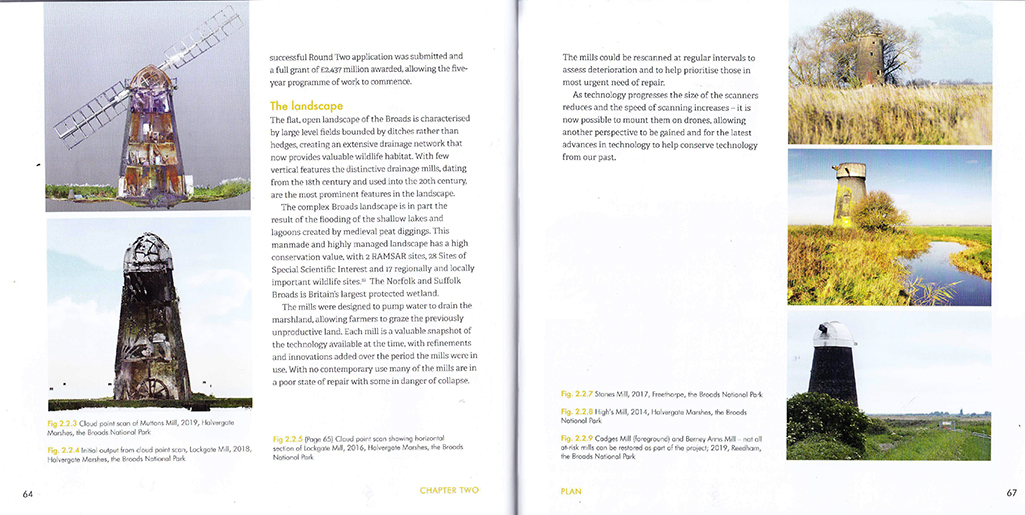Thirlwall Claire, From Idea to Site: A project guide to creating better landscapes, book review
 Publishers are trained to ask ‘so who is your book aimed at?’ when considering a proposal. My usual thought, if not my answer, is ‘everyone’. Claire, I assume, gave a better-targeted answer: ‘practicing landscape architects’. This is good. The landscape architecture profession has suffered from too few skills, too little knowledge and too little ambition. Our focus has been on what Elizabeth Beazley described in the title of her book as The design and detail of the space between buildings.
Publishers are trained to ask ‘so who is your book aimed at?’ when considering a proposal. My usual thought, if not my answer, is ‘everyone’. Claire, I assume, gave a better-targeted answer: ‘practicing landscape architects’. This is good. The landscape architecture profession has suffered from too few skills, too little knowledge and too little ambition. Our focus has been on what Elizabeth Beazley described in the title of her book as The design and detail of the space between buildings.
For practitioners, Claire Thirwall’s book opens a door to new techniques, new approaches, a wider conception of the landscape profession’s role – and how to do it. Every landscape office should have a home on its bookshelf for Thirlwall’s ‘project guide to creating better landscapes’. It is available direct from the publisher.
Side boxes and case studies reinforce the text, as do reflections from the author’s practice. She is attracted by ideas, which is significant. As a student, I was taught the Survey > Analysis > Design (SAD) method. It had no place for ideas at the inception of a project. One had to be content with a small ‘creative leap’ towards the end.
Claire draws on her own practice. Very wisely, she advises practitioners that a single point of contact between the client and a lead consultant is not a good idea. The RIBA Plan of work is rightly criticised for virtually ignoring the client. On this issue, I stand with Hassan Fathy and believe that the best designs result from 3-way cooperation between the client, the builder and the designer. It’s essential, but the author is also right to advise that attendance at meetings should be billed as per item fee.
‘Case Study 1.1 reviews the Living Building Challenge, run by the International Living Future Institute and described as ‘the world’s most rigorous proven performance standard for building’. Interestingly, the assessment method centres on targets, described as ‘imperatives’ and ‘petals’, instead of on ‘criteria’. The eight imperatives are Place, Water, Energy, Health & Happiness, Materials, Equity and Beauty. For example, the target for water is ‘Creating developments that operate within the water balance of a given place and climate’.
I was particularly taken with Case Study 2.2: Cloud Point Scans of Historic Broads Drainage Mills on which Claire worked as an expert adviser to the National Lottery Heritage Fund. It involved 3D laser scanning to generate 3D digital models. The wind mills are fascinating and one can’t gain a full appreciation of the Broads without understanding their role and that of the peat-diggers who created the Norfolk Broads. I hope there will be another Lottery project to map and model the underwater landscape. Prior to the work Joyce Lambert in the 1960s the Broads were viewed as natural features rather than the medieval peat excavations they in fact are. Cloud scans could map the peat excavations. Drones could model the existing landscape. A 3d model of thousands of years of landscape change could be created.

Here is a video with more on the use of drones and cloud point software in landscape architecture
